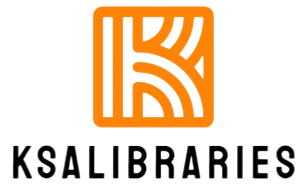Project planning is a critical step in ensuring that any project runs smoothly from start to finish. Effective planning helps allocate resources, set timelines, and manage tasks to meet project goals efficiently. Microsoft Project is a powerful tool designed to assist project managers and teams in organizing and controlling all aspects of their projects. By using Microsoft Project, teams can increase productivity, improve communication, and reduce the risk of delays. This article explores the key benefits of Microsoft Project and how it can maximize efficiency in project planning. Microsoft Project offers several advantages that help teams plan, execute, and complete projects successfully.
Clear Task Management
Microsoft Project allows users to break down a project into smaller tasks, assign responsibilities, and set deadlines. This clarity ensures every team member knows what to do and when to do it.
- Create detailed task lists with start and end dates
- Assign tasks to team members easily
- Track progress on individual tasks
Efficient Resource Allocation
Managing resources such as people, equipment, and budget is vital for project success. Microsoft Project helps plan resource usage to avoid overloading or under using them.
- Allocate resources based on availability and skills
- Monitor resource workloads to prevent burnout
- Adjust assignments to balance workloads

Visual Timeline and Gantt Charts
Visual tools like Gantt charts help teams see the project schedule at a glance. Microsoft Project’s interactive timelines allow users to understand dependencies and overlaps between tasks.
- View project timelines clearly
- Identify task dependencies and critical paths
- Adjust schedules by dragging and dropping tasks
Better Budget Management
Microsoft Project assists in tracking project costs, which helps managers stay within budget and reduce financial risks.
- Set budget limits for tasks and resources
- Monitor actual costs versus planned costs
- Generate cost reports for stakeholders
- Improved Collaboration and Communication
Teams can share project plans and updates easily, making sure everyone stays informed.
- Share project files with team members
- Use built-in communication tools for updates
- Export reports to present to stakeholders
Risk Management and Problem Solving
Microsoft Project helps anticipate risks by analyzing project schedules and resource allocations.
- Identify potential bottlenecks early
- Plan for contingencies
- Make informed decisions based on data
Customizable Reporting
Reporting is simplified with customizable templates that provide insights into project status, progress, and performance.
- Generate reports tailored to specific needs
- Track key performance indicators KPIs
- Keep stakeholders informed with clear data
Highlights to Look for In Microsoft Project
- Clear task and deadline management
- Smart resource allocation and workload balancing
- Visual project timelines with Gantt charts
- Budget tracking and cost control
- Enhanced team collaboration and communication
- Early risk identification and management
- Customizable and easy-to-generate reports
Using Microsoft Project for project planning makes it easier to organize complex tasks, stay on schedule, and control costs. Its comprehensive features help project managers maximize efficiency and increase the chance of project success. Whether managing small projects or large initiatives, Microsoft Project provides the tools needed to keep everything on track and aligned with business goals.
